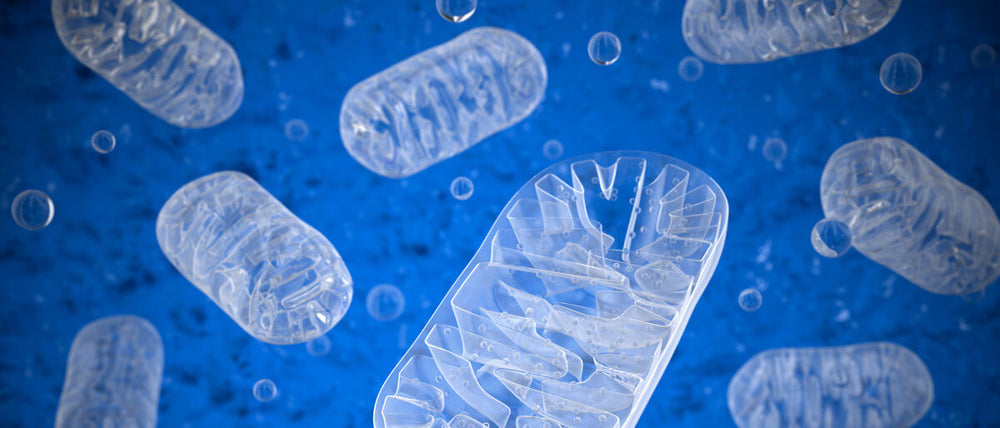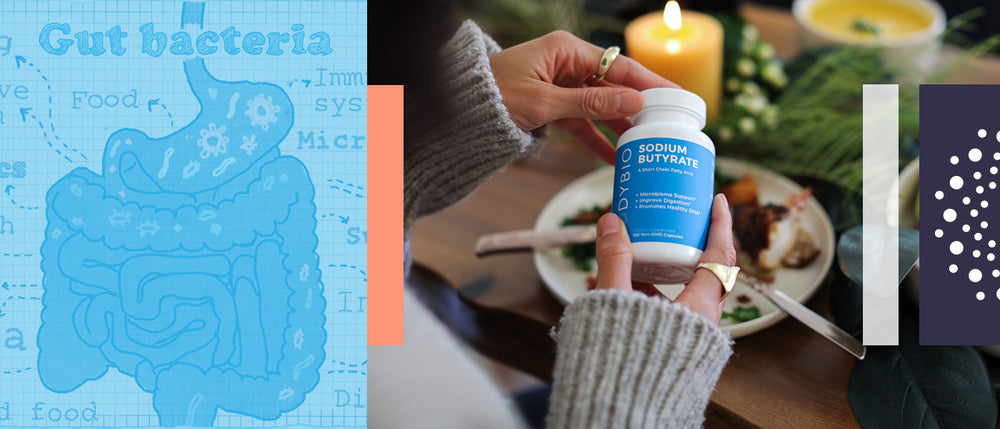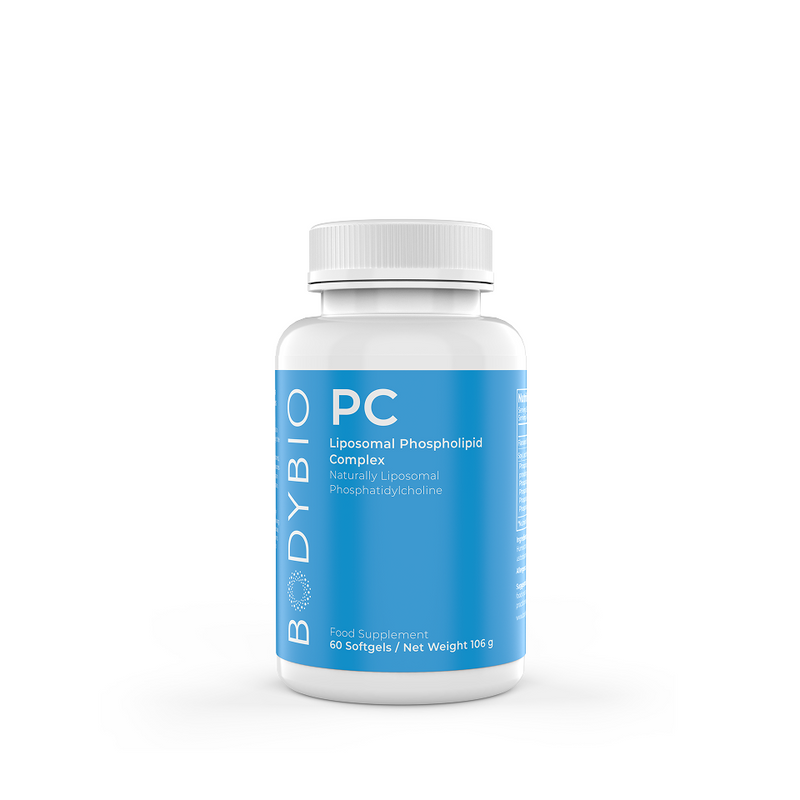Fatty Liver: Causes, Symptoms, Diet, and More
When most people think of conditions caused by obesity, cardiovascular disease usually jumps to mind. But obesity is also strongly linked to a condition called fatty liver disease, or nonalcoholic fatty liver disease.
Fatty liver is one of those conditions that rarely causes problems, until suddenly, it causes big problems. Severe consequences range from heart disease to liver failure.
Fortunately, fatty liver can be treated and reversed, given sustainable diet and lifestyle changes. Let’s look at what fatty liver disease is, symptoms, and how to treat it.
Table of Contents:
- What is fatty liver disease?
- What causes fatty liver?
- Fatty liver symptoms
- Fatty liver treatment
- Fatty liver diet
- Exercise
- Supplementation
- Understanding fatty liver disease
What is fatty liver disease?
Fatty liver disease, also called nonalcoholic fatty liver disease or NAFLD, is a silent killer on the rise in the American population. The American Liver Foundation estimates that NAFLD is the most common liver condition in the United States, and a shocking 25% of U.S. adults have fatty liver disease. Five percent of U.S. adults have a more severe inflammatory form called nonalcoholic steatohepatitis or NASH. [1]
NAFLD also affects ten to 20 percent of children in the U.S. and is expected to cause worsening liver conditions with age. [2]
Along with rising rates of obesity, metabolic dysfunction, and more, fatty liver cases are rising and can lead to grave long-term effects.
What causes fatty liver?
When we break it down, fatty liver is caused by three main issues:
- Too much fat entering the liver
- Too much fat being made in the liver
- Not enough fat leaving the liver.
These three factors lead to build up of fat in and around the liver, which impairs the liver’s ability to do its job: detoxify our bodies.
So what causes this buildup of fat? Obesity, metabolic dysfunction, and insulin resistance have been identified as main causes, which all comes back to a diet poor in nutrients and high in processed carbs, sugar, and refined oils, along with a lack of movement and a high-stress lifestyle.
Fatty liver symptoms
Fatty liver disease is easy to miss, especially in early stages, because it doesn’t really have any overt symptoms. When it begins to worsen, fatigue, liver swelling, abdominal pain, jaundice, and fluid retention can occur. In the late stages, scar tissue develops in the liver and it finally begins to shut down.
Your doctor may look for elevated liver enzymes to confirm fatty liver disease, but these will not be elevated in the initial stages, when diet and lifestyle changes are critical for reversing the condition.
Fatty liver treatment
Fatty liver can absolutely be treated––and even reversed––in the early stages with a transformation in diet and lifestyle. A person would also do well to prioritize certain nutrients and add detoxifying foods and practices to their daily routine. Let’s discuss these components one by one.
Fatty liver diet
The most integral change for reversing fatty liver is to incorporate a healthy, sustainable diet. And when we say sustainable, we don’t just mean for the planet, we mean a diet that you can enjoy for the rest of your life that allows you to live healthily and well.
This means generally avoiding:
- Processed sugar
- Processed carbs
- Refined flours
- Refined oils
This list encompasses most pre-packaged foods and fast food. Does it mean you can’t enjoy a slice of chocolate cake on your birthday? No, but it means you aren’t reaching for the donuts, candy, and pre-packaged snacks every single day. Instead, reach for whole foods, home-cooked meals, and lots of fresh produce.
What you should eat:
- Animal protein: meat, eggs, fish, etc.
- Nonstarchy vegetables: greens, broccoli, cauliflower, brussels sprouts, radishes, bell peppers, etc.
- Saturated fats: again eggs, ghee, coconut oil, etc.
- MCT Oil: shown to attenuate liver damage in pigs [3]
- Fruits: apples, bananas, berries, etc.
- Nuts and seeds
- The “rainbow:” as many colorful foods as you can find to get a host of different vitamins, minerals and phytonutrients.
- Balanced meals with protein, fat, and healthy carbs
- Naturally detoxifying foods, like garlic, onions, broccoli family vegetables, beets, etc.
Now, you might have done a double take on one of these: saturated fats. Despite the bad press saturated fat has gotten over decades, it’s actually a crucial part of your cell membranes. Plus, saturated fat is the most stable fat, meaning it can handle high temperatures when cooking without oxidizing, which would be damaging to your health. You also need saturated fat for healthy brain cells and brain function.
Despite the term “fatty liver,” it’s not dietary fat that is the culprit here (besides inflammatory seed oils of course). Healthy fats, both saturated and unsaturated, are crucial to a strong metabolism and providing essential fatty acids for your cell membranes. They also make you feel fuller for longer, reducing cravings and stabilizing your hormones.
The real villain is sugar, specifically processed sugar, and even sometimes natural sugar if it’s being consumed in extremely high amounts. That’s why it's important to balance out natural sugar with fiber and fat, to slow absorption and allow the body to use it efficiently as fuel.
You can read more about good vs. bad fats and oils in our blog post here.
Exercise
We all know about the importance of exercise, but most of us have the wrong idea when it comes to the type of exercise we should really be doing every day.
There’s the intense, hardcore exercise like HIIT workouts and heavy weightlifting, but then there’s movement like simple walking, stretching, yoga, or casual sports. To counteract NAFLD, the point is not to stress the body with intense training, but rather to simply move in a way that feels good and challenges you slightly. Over time you can increase the difficulty as it feels good to you.
Supplementation
Phosphatidylcholine (PC) has been shown to manage fatty liver in rats.* [4] PC supports cell membrane health, facilitating fatty acid transport in and out of the cell, but it also supplies choline when needed. Choline is a vital nutrient that can help restore hepatic (liver) function.*
If a person takes liposomal PC to address fatty liver disease, serum choline will reach its peak in about six hours. Once this occurs, PC will start to prevent fibrosis and cirrhosis by encouraging collagen breakdown and modulating pro-inflammatory cytokines, including TNF-a [5].* The body inherently knows when to use PC as a cell membrane component, and when to break it down to get simple choline depending on its needs. Isn’t that amazing?
Butyrate has also been shown to have an interesting connection to improving liver health by improving gut health. Butyrate is a short-chain fatty acid metabolite produced by the gut microbes in our colon. It is remarkably anti-inflammatory and supports the delicate cells that line our gut, and now research shows that butyrate-producing probiotics can also reduce triglycerides, improve insulin resistance, and lower inflammation in the liver.* [6]
Finally, studies on fish oil, particularly omega-3 essential fatty acids, have shown to be effective in reducing liver inflammation and oxidative stress in fatty liver as well as lowering triglycerides.* [7] However, fish oil use remains controversial, as it seems to have both positive and negative effects, especially depending on a person’s ratio of omega-6 to omega-3 fatty acids. [8] Always consult with a trusted healthcare provider before beginning fish oil or another new supplement.
When you decide to add supplementation to your health protocol, you want to go with a trusted supplier backed by years of valid scientific research. Learn more about BodyBio PC, BodyBio Butyrate, and BodyBio Fish Oil.
Understanding fatty liver disease
Even though fatty liver disease is on the rise in the U.S., the keys to fixing it are remarkably simple and rarely even prompt prescription medication. Refocusing on a whole-foods, balanced diet, movement, lowering stress, and strategic supplementation can turn this condition around well before it can cause further damage to cardiovascular health and more. Don’t forget to support your liver!
Learn more about how BodyBio supplements support your health on the cellular level.








